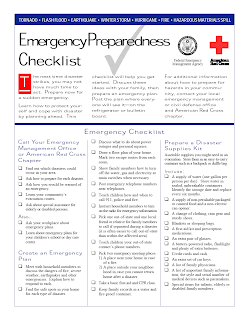Regular physical activity is an important part of a healthy lifestyle. Making physical activity a priority and encouraging good habits in children from an early age is important and can help them to develop the skills they need to continue being active throughout their lives. Children who are not physically active are more likely to be prone to conditions such as asthma, flat feet and joint sprains due to excessive weight. Long term, being overweight or obese can contribute to conditions such as high blood pressure and cholesterol, Type II Diabetes and liver disease. Recent research has shown that warning signs for these conditions can be present in overweight teenagers as young as fifteen.
Teachers can help maintain good fitness habits by infusing regular fitness activities in the classroom every day. Teachers can encourage children daily so that they can develop a love for health and fitness. The developmental skills children in preschool learn during this time include basic skills are broken into two categories. The first is Locomotor skills, which involve moving the body from one point to another. When children run, gallop, skip, hop, leap, slide, and jump, they are using locomotive skills. The second is Manipulative skills, which involve moving objects with hands and feet. Children use manipulative skills to catch, throw, kick, roll, dribble, and strike or bat. Children need to develop basic competency in fundamental motor skills for games, sports, and lifetime physical activity.
One way to help preschoolers become more physically fit is to get them to pump their muscles. Teachers can make dumbbells using two liter soda bottles and attach to an old broom handle. Teachers can fill them with rice, beans or sand. Using the dumbbells the students can do shoulder presses, lunges and arm lifts. Dumbbells promote muscular strength and endurance.
Another way to help preschoolers become more physically fit is for teachers to set up a motor skill center in the classroom. Motor skills centers encourage children to be active in a fairly small area. With appropriate reinforcement and structure, preschoolers can safely engage in motor activities in the classroom. Children can do activities such as making a people alphabet where children try to make their body into the shape of different letters, by either standing or lying on the floor. Children can also do animal walks, play partner/individual toss-and-catch games with different size foam balls.
“Healthy Kids Learn Better” is a quote that comes from the Action for Healthy Kids website. Evidence shows that kids who eat well and are active are better equipped to do well in school including improved test scores and attention. They come to school on time, focused and ready to learn. This quote represents my view on children’s health and nutrition. Students who are physically active feel better and learn better.
Physical activity promotes healthy child growth and development. Physically activity helps to build strong bones and muscles. It also improves balance and develops skills, maintains and develops flexibility and helps achieve and maintain a healthy weight.
References
Robertson, C. (2007). Safety, Nutirtion & Health in Early Education (3rd ed.). Delmar Cengage Learning.
Tammy Schilling, &. K. (2006). Tots in Action ON and BEYOND the Playground. YC Young Children.










